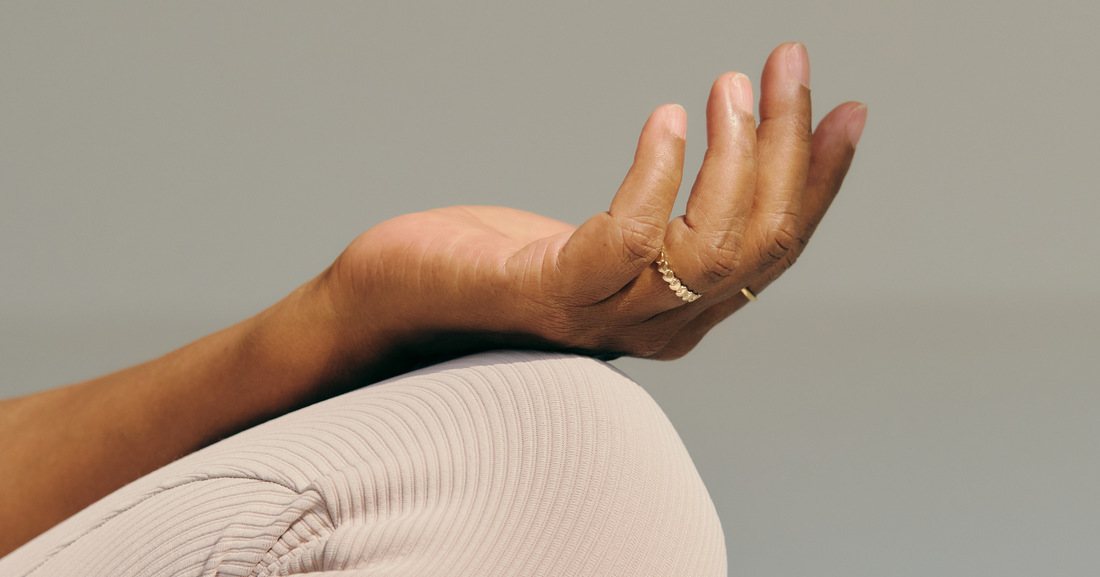
A Beginner’s Guide to Mindfulness
Mindfulness has become something of a buzzword, but at its heart, it's very simple. It’s about being fully present in the moment. Being aware of where you are, what you’re doing, and how you’re feeling. All this without internal judgment or pressure.
For many of us, that’s a significant departure from how we normally operate. We’re multitasking, overthinking, and running on autopilot. And that’s because we have to in order to get by.
A mindfulness practice invites you to pause, breathe, and reconnect with yourself and the world around you, so you can proceed with your hectic life from a position of balance.
Mindfulness Isn’t Complicated
You don’t need fancy tools, a special space, or a 60-minute daily practice.
Whether it’s pausing to listen to birdsong, noticing the feel of water as you wash your hands, or taking three deep breaths before a meeting, every moment counts towards finding your centre.
Still, it helps to have a few techniques to get started. So if mindfulness feels a bit out of reach, here are some gentle ways to ease yourself into a practice that’s worth the effort.
Start Small
Trying to meditate for 20 minutes on day one? That’s a really easy way to put yourself off.
Instead, try five minutes. It’s plenty of time to settle your thoughts, tune into your body, and begin returning to your middle. You can build up time slowly if you like, but keeping your mindfulness moments short and sweet is perfectly fine. Consistency and sustainability is way more important than duration.
Get Comfortable
I hate sitting cross-legged, it always feels awkward and the opposite of comfortable. It took time to realise that lying down is perfectly valid. We don’t have to look like a zen master to feel zen.
In fact, hypnotherapy often uses this position because it allows the body to fully relax. The more at ease you are physically, the more accessible mindfulness becomes.
Find a Sound You Like
Sound can help anchor your awareness. You might try soft music, white noise, or nature sounds like running water or wind in the trees.
Don’t sweat the ‘what’, if you find a sound you resonate with, using it again and again will actually train your brain to recognise it as a cue to shift gears.
Your Mind Will Wander, So Let It.
This might be the most important tip of all. Everyone’s mind wanders.
The point of mindfulness isn’t to suppress your thoughts. We’re learning to notice them, to watch them float by, and to resist chasing them.
When your focus drifts (and it will), gently bring it back to your breath, your body, or whatever anchor you’ve chosen. No need for self-judgment, just begin again.
Over time, you’ll find it easier to stay centred, and even when you do wander, it won’t feel like a failure.
Why It’s Worth It
Practising mindfulness can have a ripple effect through every part of your life:
-
Lower stress and anxiety
-
Better sleep
-
More patience and clarity
-
Greater emotional resilience
-
A deeper sense of connection with yourself and others
And it all starts with just a few quiet minutes.
You Don’t Need to Be Good at It
There’s no badge for doing mindfulness “right.”
There’s no success or failure. Just presence, a presence you cultivate, slowly and gently, over time.
Give yourself permission to start where you are.
You might be surprised by how powerful that simple pause can be.
